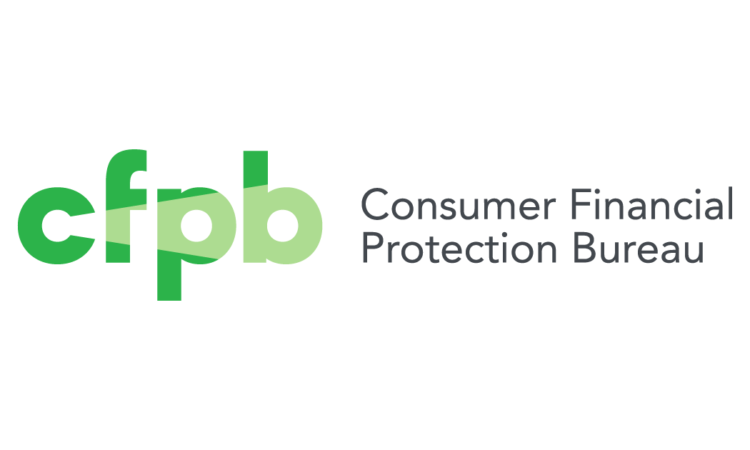
Recently, the CFPB took action against Wells Fargo Bank for breaking federal consumer protection laws that apply to financial products, including auto loans, mortgages, and bank accounts. Wells Fargo is required to pay more than $2 billion to customers who were harmed, plus a $1.7 billion fine that goes to the victims’ relief fund.
One in three American households is a Wells Fargo customer and affected by its corporate culture and business practices. If you have a Wells Fargo account, here’s information to help you understand whether you may have been harmed, how payments are being distributed, and what else to watch for.
Customers with three types of accounts were harmed
More than 16 million accounts at Wells Fargo were subject to their illegal practices, including misapplied payments, wrongful foreclosures, and incorrect fees and interest charges.
Auto loan customers
- Some auto loan borrowers prepaid for GAP coverage, which insures the amount owed on a car loan if you have an accident or your car is stolen. Wells Fargo acted unfairly by not refunding money when the loan terminated early—for example, if it was paid off ahead of schedule.
- Some customers’ auto loan payments were not applied correctly to their balances, leading to higher interest charges, late fees, and wrongful repossessions.
- Some auto repossessions were also mismanaged, including how the vehicles were sold after repossession.
Mortgage loan borrowers
- Some mortgage loan borrowers were unfairly turned down when they requested modifications to their loan to avoid foreclosure. They also may have been charged incorrect fees and other costs.
- Wells Fargo wrongly reported some customers as deceased, overstated attorney fees that meant applications were denied instead of approved, and brought thousands of wrongful foreclosure actions.
Bank account holders
- Some customers were unfairly charged surprise overdraft fees on debit purchases and ATM withdrawals, even if they had enough money in their account at the time of the transaction.
- Some customers were charged monthly fees when they shouldn’t have been. Wells Fargo advertised no fees if a customer made “10 or more debit card purchases and/or payments” in a month, but the bank limited the types of eligible payments and didn’t count debit transactions that posted days later.
- Some customers’ money was unfairly “frozen” for weeks if Wells Fargo suspected a single deposit was fraudulent.
Payments to consumers harmed by Wells Fargo
The CFPB’s enforcement action against Wells Fargo requires them to pay more than $2 billion to customers harmed between 2011 and 2022.
Wells Fargo is required to have a plan for each of the violations in the order, and we will supervise their repayments to customers. If you’re eligible to receive money, the company is required to notify you. You don’t need to take any action to receive your payment. Some customers have already received their payments.
If you believe you are eligible for a payment and have not received it yet, you should first contact Wells Fargo at 844-484-5089, Monday through Friday from 9:00 a.m. to 6:00 p.m. ET. If that does not resolve the issue, you can submit a complaint to us online.
The amount of the payment varies. For automobile repossessions, you could be reimbursed at least $4,000. Wells Fargo will also pay $77.2 million to approximately 3,200 customers who had issues working with the company to modify their loan payments to avoid foreclosure.
Beware of payment scams
If anyone claims they can get you compensation or asks for money upfront, it’s a scam. If this happens to you, please contact the CFPB right away: (855) 411-2372, 8 a.m. to 8 p.m. ET, Monday through Friday.
The CFPB never requires you to pay money to receive a redress payment. We never ask for your account information or personal data to send you a payment, or before you can cash a check we’ve issued.
What to do if you are treated unfairly by Wells Fargo or another financial company
If you’re having a problem with a financial institution, first try to resolve it directly with the company. They can generally answer questions unique to your situation and the products and services they offer.
If that doesn’t resolve the problem, you can submit a complaint to the CFPB online or by calling (855) 411-CFPB (2372). We’ll forward your complaint to the company and work to get you a response. Most companies respond to complaints within 15 days.
And if you witness potential misconduct as an employee or former employee at a financial company, you can send an e-mail to whistleblower@cfpb.gov. We review every submission.






